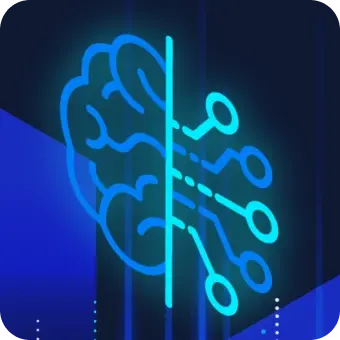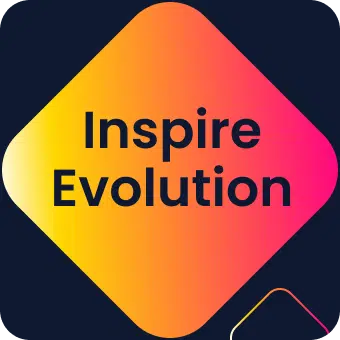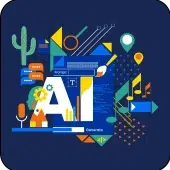Putting a JSON format on a traditional, XML-based ESB is like making a silk purse out of a sows ear.
– Loraine Lawson’s analogy in reference to the article: Why Buses Don?t Fly in the Cloud: Thoughts on ESBs
I recently wrote about why the legacy enterprise service bus (ESB) wont fly in the cloud. Loraine Lawson at IT BusinessEdge reviewed the article and asked the question: Does Integrations Heritage Matter in the Cloud? At SnapLogic we believe so strongly that heritage matters that we rebuilt our elastic integration platform from the ground up to be fast, multi-point and modern. Here’s why we believe that the heritage of integration products matters:
- Because the Innovator?s Dilemma creates major hurdles for legacy integration vendors to venture completely into this new area of social, mobile, analytics, cloud and (Internet of) Things, which were calling SMACT.
- Attempts to build on their past successes results in experiments and half-baked solutions.
You?d be surprised how many on-premise integration product managers in Silicon Valley spend more time worrying about earnings per share (EPS) threats than the future of the ESB!
So let?s look at the two reasons why integration heritage matters.
The Innovators Dilemma Challenge
Clayton Christensen?s words echo throughout the boardrooms of Silicon Valley today as we face so many technology innovations and disruptions to traditional markets. It is extremely difficult to give up on the gravy train that is the perpetual licensing model of software maintenance. Transitioning to a subscription pricing model, let alone the cultural changes that the software as a service (SaaS) demands, is no simple option. Even if the company’s executives are willing to make this transition, it’s the shareholders that would be very unhappy going from 30-40% operating margins down to single digits. If you were a fly on the wall in the executive boardroom of a company with on-premise heritage trying to enter the cloud market, “cannibalization” will be the most commonly heard word. And even if the board and executives get it, good luck telling the legacy product teams that their baby is no longer beautiful and the sales team that you?re going to introduce a cloud service that will no longer require the on-premise boat anchor up-front price tag.
Half Baked ‘Hybrid’ Integration Solutions
The other reason why on-premise software companies struggle to escape from their heritage is because most meaningful technological innovations cannot be applied as easily as the proverbial “lipstick on the pig”; unless the new offering is completely redesigned and developed from scratch to the latest market requirements and specifications. Not many successful companies have the appetite to do a complete rewrite for the reasons mentioned in the above “Innovator’s Dilemma” section. To draw an analogy, it is like an internal combustion engine-based car manufacturing company making cosmetic changes to their gas combustion-based car and expecting to compete with a state-of-the-art car like Tesla in the electric car market. Nissan had to build its Leaf car from scratch to cater to the electric car market, by building a completely new transmission, a new engine and a new power supply.
Coming back to the specifics of the integration market and why vendor heritage matters, here are some technical reasons why:
-
Resiliency in the context of integration is the ability of integration flows to handle changes and variations in data structures without breaking down. Most legacy integration products are strongly-typed or tightly-coupled. In other words, that means the platform needs to know the exact specifications of data that it needs to process when executing the flows. Unfortunately, the SMACT world is not as compliant as we would like. Changes in schemas and data structures are commonplace. Addition of columns to database tables, or a partner accidentally adding additional data fields in a document that gets sent to you should not bring your integrations, and thereby your business, to its knees. Resiliency or a weakly-typed/loosely-coupled paradigm is not something that can be introduced into a product as an afterthought. Introducing resiliency is as involved a process as replacing the transmission of the car that is necessary to move from an IC engine to an electric car. The platform has to be architected on such modern principles from the design phase. Hence, integration heritage does matter.
-
Legacy integration products which came from the extract, transform and load (ETL) roots were optimized for relational data use cases such as moving large volumes of data from relational data sources into relational data warehouses. These products were built to read rows and columns, operate on them and write rows and columns. These products struggle today when it comes to handling hierarchical data. Similarly, the enterprise application integration (EAI) tools were built for message-oriented integrations that can handle hierarchical data but are optimized for real-time integrations to handle one message at a time in as efficiently as possible. Shedding this heritage to handle broader use cases is no small feat. It?s like changing your car?s engine to be battery powered. Anyone who has had engine trouble know that mechanics recommend buying a brand new car rather than replacing it!
-
Lastly, integration products with an on-premise heritage are built with the on-premise mindset. Configurations and product libraries are laid out locally on every physical server. These local assets need manual attention when it comes to product upgrades and patch fixes. Managing these local files, especially in a highly distributed environment, turns into a nightmare very fast. This is another of those heritage inheritances that cannot be wished away without a complete product redesign. Think of this lifecycle management of the heritage platform as an oil change that you frequently have to do with your IC engine. Like most people, you as the IC engine car owner needs to take time off your busy schedule and take the car to the shop for minor and major oil changes. Teslas need no oil changes and all product maintenance is software defined. All upgrades are downloaded automatically to the car over mobile network and customers experience no downtime.
In summary, heritage is more of a disadvantage in the rapidly shifting sands of technology innovation. Technology paradigm shifts are still of large magnitude and often demand a new approach and redesign of products and technologies. In this article, we drew an analogy between integration platforms with heritage and IC engines, and between modern integration platforms and electric cars such as Teslas. Of course, one can always rightly argue that at the end of day, both cars will get you to your destination. But, as they say, it?s not the destination but the quality of the journey that makes the destination worth it. And with a modern integration platform as a service (iPaaS), your journey is speedier, more cost-effective and with fewer forced downtimes, making it truly enjoyable.
Next Steps:
- Read Greg Benson’s posts about the SnapLogic architecture and platform services.
- Check out some of our resources to learn more about the SnapLogic Integration Cloud.


